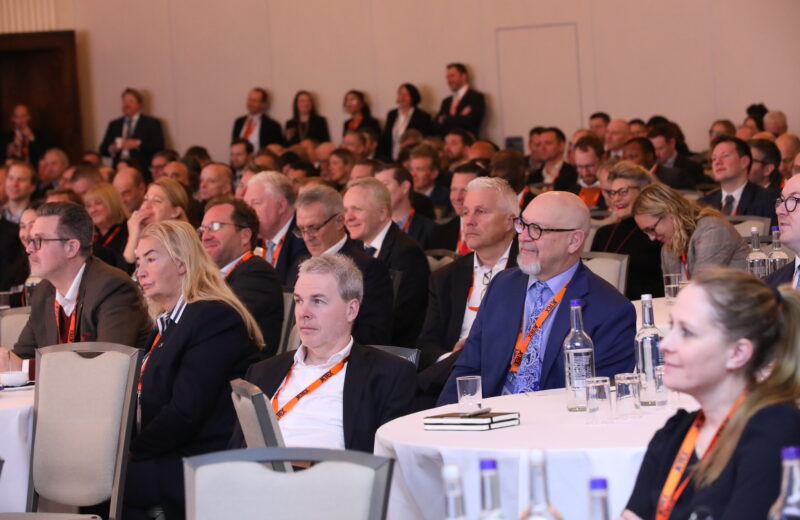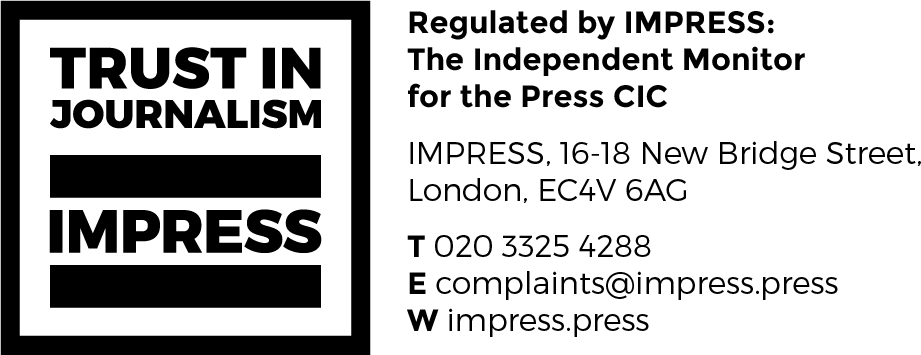CJI London 2024: Dancing to success this year

More than 470 international business leaders attended the CJI London 2024 conference.
Learning “new dance steps” will help business aviation thrive in 2024, according to speakers at our CJI London 2024 conference. From closing pre-owned aircraft deals and exploiting new markets to keeping clients happy, new approaches will help the industry unlock fresh opportunity.
A dance metaphor was used by Matt Rosanvallon, director, Sales and Acquisitions, Freestream Aircraft to describe how pre-owned aircraft sellers were having to adjust to the more normal US trading conditions. “Sellers will need to dance again [with prospective buyers], to court them and to be more fluid [in how they facilitate sales],” said Rosanvallon. Last year “a sense of normalisation” returned to the market after “the crazy highs” of 2022.
‘Become a good seller’
Examples of flexibility in sales negotiations were supplied by John Odegard, managing partner, 5×5 Trading, formerly Wheels Up Aircraft Sales. His advice was: “Become more realistic, not only on values but how you become a good seller, making sure your records and maintenance status are in order to make them more appealing in the market.”
On the global stage, “India is the new China”, said David Dixon, president, Jetcraft Asia. “India has the same problems as China – lack of infrastructure and legislation – but it also has a willingness to buy airplanes,” Dixon told delegates. So, while the country lacked airports to support business aviation, “India is the one to watch”. Also showing potential were other countries in southeast Asia, such as Indonesia, and Australia.
Dubai-based Action Aviation favoured the prospects for growth in India too. “There are a lot of aircraft transactions going in and out of India,” said the company’s MD Mark Butler. “And they are big aircraft too – BBJs and Globals. That’s where our focus will be in 2024.”
Don Dwyer, managing partner, Guardian Jet remained bullish about sales prospects. Dismissing worries about the US election deterring buyers, he acknowledged some impact from the 2012 election but saw none in 2016 and 2020. “I just don’t see anything to slow down the train,” he said.
While charter activity declined last year, more stability was predicted by ARGUS International. “The industry has found itself a new baseline and we don’t think it will reduce further,” said Mike McCready, its president.
‘Dramatic increases in pricing’
“Owners are getting a little fed up,” warned Darren Broderick, CEO, Asian Corporate Aviation Management (ACAM). “Before, during and after Covid, we’ve seen dramatic increases in pricing – particularly OEM pricing and supply,” he said. And everyone had suffered rising fuel prices. Particularly annoying was the sale of windshields at five or six times the OEMs’ original price.
JSSI estimated price rises of 3% to 5% before Covid but a jump of 9% to 16% after the pandemic. “Owners come with a budget and they want a forecast,” said Fabrice Roger, senior vice president, Business Development, EMEA and APAC at JSSI. “They are ready to pay the right price, but they do not want to be fooled.”
Despite rising prices, Don Spieth, president, VanGas Aviation Analytics highlighted the value that owners, particularly corporate owners of multiple aircraft, continue to find in business aviation. Corporate flight departments have done a great job, he said. “It’s clear to me that C level leadership looks to the director of Aviation to run their flight department with the same diligence as any other business leader that reports to them.”
Returning to fuel, intensifying production of sustainable aviation fuel (SAF) while diversifying feedstocks would help to boost its available and lower its costs, said João Martin, from Jet Aviation. Part of the problem was lack of capital, according to Nancy Bsales, from 4AIR. “We need to infuse capital into the SAF industry so these facilities can be built,” she said.
Holger Krahmer, new secretary general, European Business Aircraft Association (EBAA) urged business aviation to deliver upbeat messages to governments and policy makers about its contribution to the economic growth and to society. “Be optimistic, be practical and don’t be silent about your aviation business. Don’t hide your business,” said Krahmer, who is on mission to step up the association’s lobbying and advocacy roles.
Winning new business
A powerful way of spreading those messages – and winning new business – is the use of social media platforms such as TikTok, LinkedIn, Instagram and YouTube, according to speakers in our last conference session.
Steve Varsano, MD, The Jet Business devotes three hours every week to social media posts, often on TikTok or YouTube. (One video post attracted 37m views). Overall, he attributes a few deals to leads originating from social media.
Returning to the dancing theme, George Galanopoulos, MD, Luxaviation revealed how one of his early Instagram posts featured himself dancing. Since then, he has posted several times a week and believes it offers a key to unlocking new and younger audiences. “Drawing new people to our industry is so important and social media really does that,” he said. Read the full report from conference’s first day here and the second day here.
Subscribe to our free newsletter
For more opinions from Corporate Jet Investor, subscribe to our One Minute Week newsletter.








